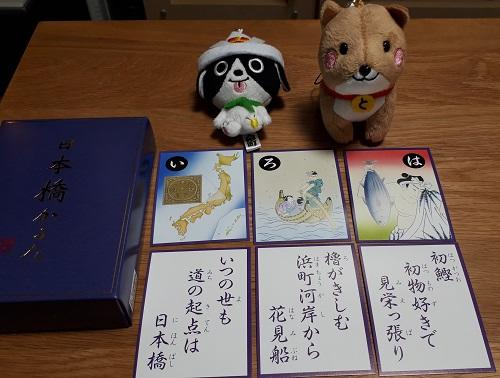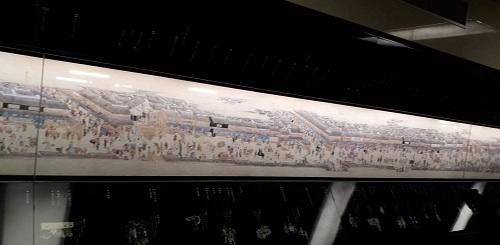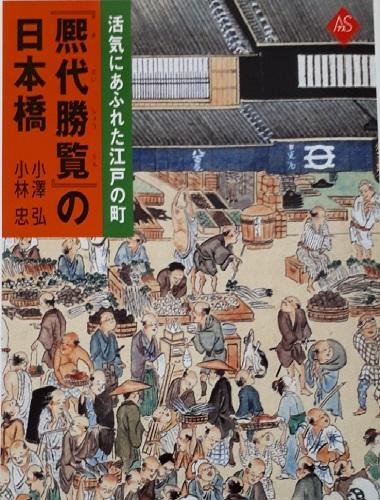Now, as you can do anything with a smartphone, as you can copy the world on your palms.
The day when the carta, which uses the palms to be hit on tatami mats and takes the bills, is said to be a feature of winter and New Year, may be a thing of the past.
As you can see, the carta is said to be the most classic "Irohakaruta", which supports 47 characters. The contents are different in Edo, Kyoto, Osaka, Uegami, Owari, etc., and the characteristics of the region appear, and it seems that "local Karuta" also exists in various places.
Somehow, something like a new proverb, is actually a carta, and there are some things.
By the way, when it comes to Iroha's "i", Edo seems to be "a dog hits a stick", the upper part is "a little further dark", and Owari is "a little to know ten". It is interesting to read everything from familiar things to things that you do not understand how to read them.
Personally, I think the most major in the local carta is "Jomo Carta". If it is "tsu", it is called "Gunma Prefecture in the shape of crane dance". When I heard on a TV program that introduces the characteristics of the local area, "People from Gunma recites this carta" or "Reflectively lower phrases come out", I think it's just a book of local carta.
By the way, what the central inhabitants have to hold down as a local carta is
Of course! "Nihonbashi Karuta," right?
: The starting point of the road is Nihonbashi.
Ro: A cherry blossom boat from the banks of Hamacho where the turret is coming.
: I like the first bonito first thing and look good.

Oh, it's good, it's a maniac. There is a wonderful thing about this Karuta, but first of all, the drawing is Kunimasa Utagawa, the sixth generation.
What? Who is this national government? The sixth generation, not the fifth generation. Considering that there is a free bus with famous metrolinks in the drawing, this is based on the very recent situation, and what is the surviving person ...
And there is an English translation of this Nihonbashi Karuta. I'm ahead of globalization. The children can also study English with this.
: The starting point of the road is Nihonbashi.
Hey you!
From centuries past,the place where all roads meet Nihonbashi.
That's right.
We also sell this Nihonbashi Karuta, of course, but it is drawn on the enclosure of the building under construction (I knew this), so it's a good idea to discover it while walking around the city.



